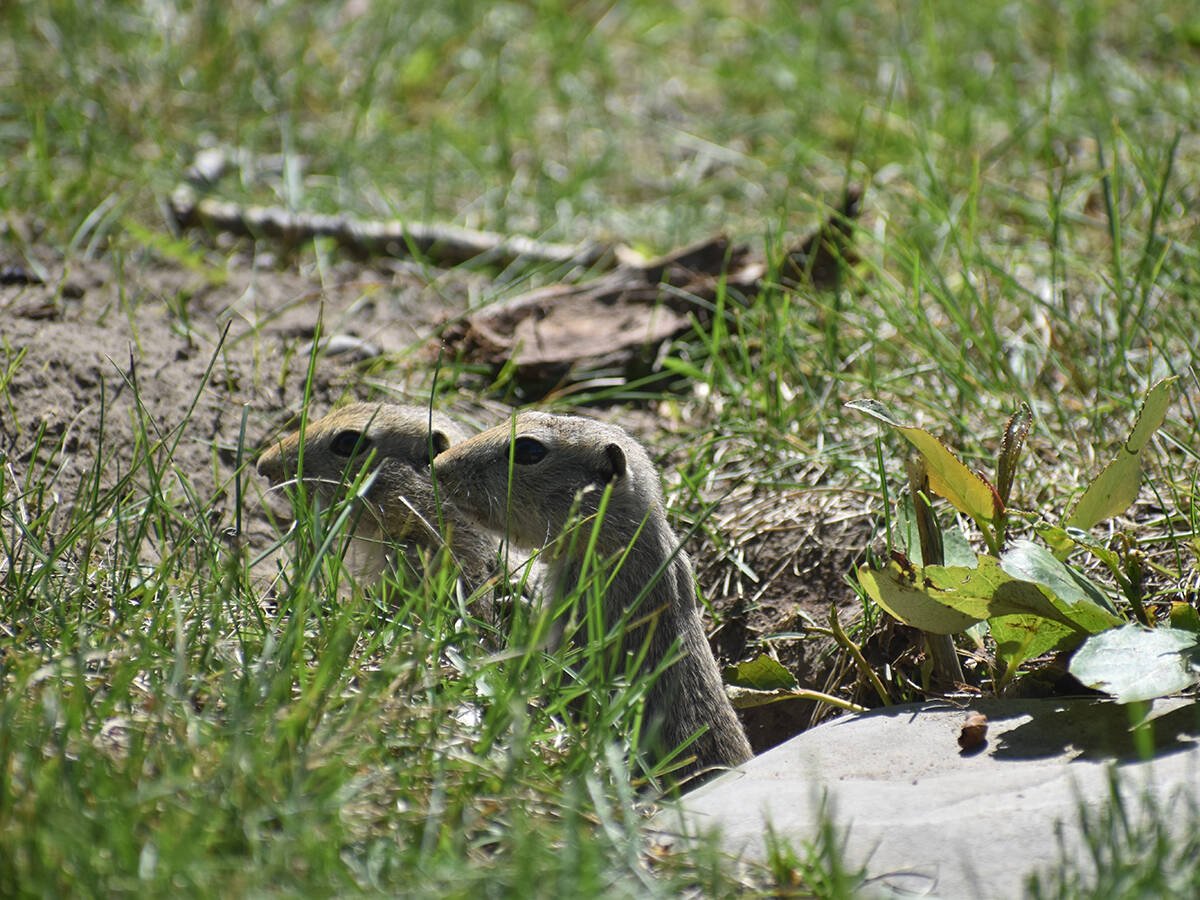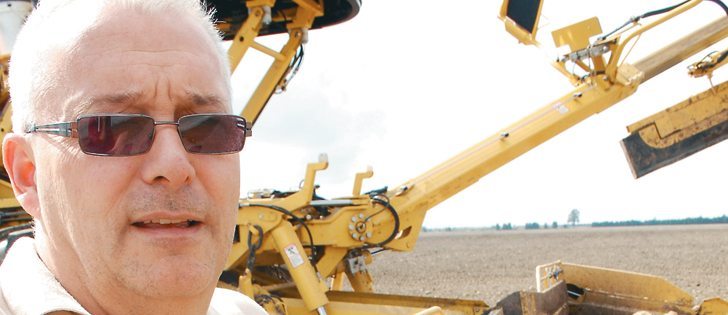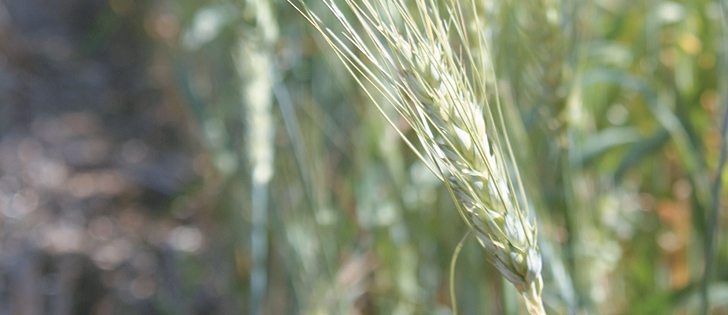Record high Easter lamb prices have given sheep farmers a much needed boost.
Miles Buswell, manager of sheep and goat sales at Beaver Hill Auction in Tofield, Alta., said prices for spring lamb at the Easter sale March 22 set record highs.
The highlight of the sale was 65-pound lambs fetching $219 per hundredweight.
Several lots of December and January born lambs less than 70 lb. also fetched more than $2 per lb.
“It is very positive right now. The prices getting at the auction are as close to Ontario prices producers have ever got paid,” he said.
Read Also

Rural officials hopeful strychnine use will resume
The Saskatchewan Association of Rural Municipalities is taking a verbal commitment from the federal agriculture minister on strychnine use as a good sign.
Traditionally higher prices at auctions in Ontario have siphoned many spring lambs from Alberta sales. The number of lambs at the sale was up 500 from last year’s Easter sale to 1,621 animals.
“In the last month or six weeks, we’ve topped Ontario prices by a mile,” he said.
Brian Tosh of Grimshaw, Alta., normally sells his sheep through the Cookstown auction in Ontario, but has started selling them through Beaver Hill because of equivalent or higher prices.
“Prices are a little better here,” said Tosh, who has shipped lambs to Ontario since the 1990s.
“For some reason, the local markets are better here.”
Not only is the price of lambs high, but so is the price of cull and replacement ewes. Buswell said good cull ewes are now selling for $60 to $80 per cwt. and replacement ewes are easily fetching $250 a piece.
The trick is finding breeding or replacement ewes for sale. Sheep producers are hanging onto their ewe lambs to bring into the flock for expansion, limiting the number of lambs for sale to new producers.
“These prices should encourage people to really keep ewes back,” said Buswell. “There is a really limited supply of good ewes. I would like to think more people are getting into sheep. I am getting phone calls on a regular basis, but don’t know how much stock is available for them to buy.”
Sue Hosford, sheep specialist with Alberta Agriculture, said she gets about a dozen calls a week from hog, cattle or dairy producers wanting to get involved in sheep.
“Compared to the prices of cattle and pork, the lamb market has been pretty stable and the prices have been pretty good,” said Hosford.
The Easter market has always been the high price point of the year for lambs, but prices for all classes of sheep and lambs have remained strong throughout the year.
Prices also reflect a shortage of sheep and lambs across Canada. It’s estimated Canada has about 100,000 fewer ewes than six years ago because of BSE, drought and retiring farmers.
“If we don’t start increasing numbers, we will lose some of our infrastructure,” she said.
Hosford, co-ordinator of the sheep traceability project, said only one farm has lower sheep numbers this year of the 50 registered with the project. The rest are steady or have increased.
“Most have expanded and that creates a situation where every sheep walking is potential breeding stock.”














